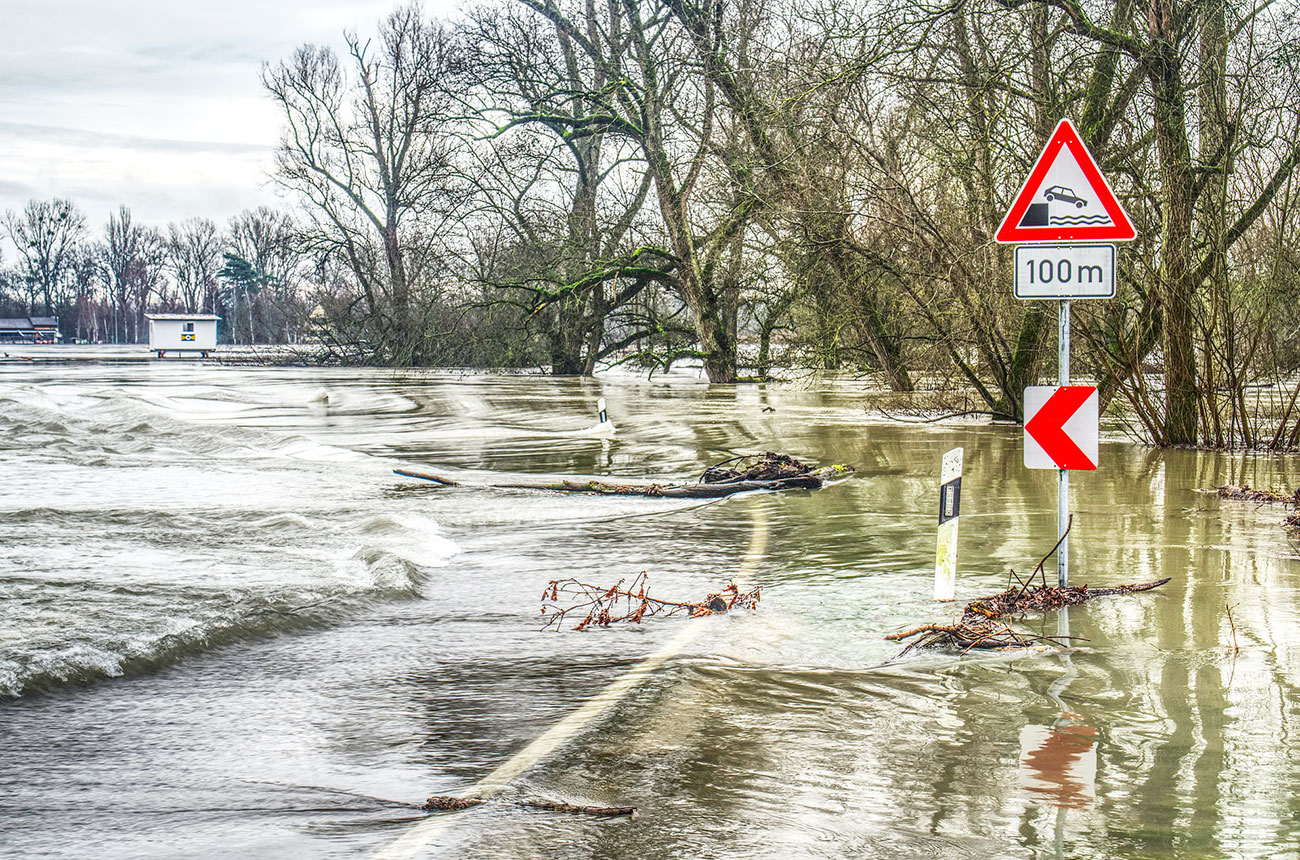Hurricane Florence hit the Carolinas stronger than expected this weekend. Even when it weakened to a tropical depression, this hurricane has brought record rain levels, and flood damages might surpass the $20 billion dollars mark. Experts mention that only one inch of a flood can bring property damages of almost $30,000, so effective and efficient flood risk management alternatives are more than needed.
We’ve said that engineering is the ultimate problem-solving field. Seeing how floods are devastating regions that Florence affected, it only makes sense to find a way to reduce the damages through engineering. That’s exactly where flood risk management comes into play. Let’s look at what exactly is Flood Risk Management (FRM) and how can FRM help. We’ll also look at different examples of existing FRM projects.
What Is Flood Risk Management?
Flood Risk Management is a category that describes different types of flood assessment programs and projects. FRM programs aim to evaluate, prevent, and reduce the overall impact that floods have on the different communities and areas that are prone to such events.
There are several elements that complement a successful FRM program, according to the European Commision. Such elements include prevention, protection, preparedness, emergency response, and recovery. Preventing flood damages can be achieved by avoiding construction of homes and buildings in flood-prone areas. In the case of existing ones, protecting such structures can reduce the impact of floods. This is why being informed and prepared in case of a flood is crucial, too. Similarly, developing efficient emergency response programs will reduce flood damage. This type of programs will also help to reduce the social and economic impact that floods carry along.
How Can Flood Risk Management Help?
Flood Risk Management programs have proven to be quite successful in avoiding or reducing the amount of damage floods can cause to prone areas. There are two key objectives that FRM aims to achieve. The first, and maybe more important, is to reduce human casualties in the event of severe flooding. The second objective is to reduce the damage to social and economic activity after a flood hits a region.
Flood Risk Management programs include projects on which building artificial structures helps achieve its main goals. However, constant research and development on the field look for new, cost-effective, and environmentally friendly alternatives.
Existing Examples of FRM Engineering Projects
Architects and Civil Engineers are involved in the development and implementation of new, effective, and successful Flood Risk Management programs. There are several examples around the world which show that such FRM projects are achievable and feasible.
One interesting example is the MOSE project, in Venice, Italy. The Modulo Sperimentale Elettromeccanico is a project that consists of 78 remotely controlled barriers that can rise independently or all together. Therefore, this wall of barriers helps avoid constant floods that the city has been suffering for a long time.
Another great example is the Thames Barrier, in England. This is a construction that incorporates several steel water gates that help control the amount of water that goes to the Thames. The Barrier is usually open, allowing boats to pass. However, this gigantic construction has prevented severe floods more than 100 times since its completion, back in 1984








